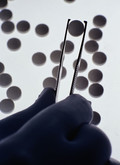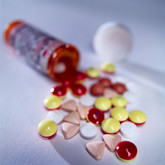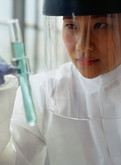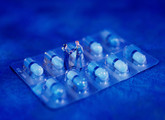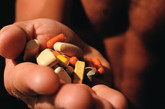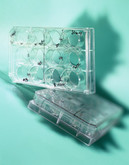Biosimilars/Research
Opportunities for biosimilars in emerging markets
By 2015, IMS Health expects spending on biosimilars to exceed US$2 billion annually, or about 1% of total global spending on biologicals [1]. This growth in biosimilars will be driven mainly by patent expiries coming in the next five years. However, due to the complexity and cost of developing biosimilars for western markets many biosimilar manufacturers are turning to emerging markets as being a much more cost-effective solution.
Doctors wary of using biosimilars for extrapolated indications
A report published on 24 August 2011 by research and advisory firm Decision Resources finds that the majority of US and European physicians are wary of using a biosimilar for an indication for which supporting clinical data are lacking.
Controversial nomenclature for new biosimilars
How will FDA chose to name biosimilars? The answer it appears is not simple and could greatly affect the marketing costs associated with these products [1].
A biosimilar by any other name …
Following the expiration of patents on the originator molecules, copied products have been introduced into the market. EU regulators have named these products as ‘biosimilars’, that is ‘similar biological medicinal products’; and US regulators refer to them as ‘follow-on biologics’. Specific regulatory pathways have also been established for these biosimilar products, which differ from those for ‘chemical generics’ [1].
The market for biosimilars
How do the different markets respond to biosimilars? Markets with strong generic adoption frameworks are likely to have good biosimilar adoption as well. However, physician willingness to adopt may be a barrier to entry [1].
EMA proposes more precise definition for biosimilars
Members of the Biosimilar Medicinal Products Working Party at the EMA expressed the need to propose a more precise definition for biosimilars due to problems arising from imprecise usage of the term biosimilar in the literature [1].
Observations on the introduction of biosimilar epoetins into Europe
Professor Wolfgang Jelkmann of the University of Luebeck in Germany has recently published a review article summarising the experiences with biosimilars introduced in the EU after the original biopharmaceutical patents expired [1].
US approvals of biologicals doubled in last decade
Regulatory approvals for new biological drugs in the US have nearly doubled in the last decade compared with the 1990s, according to the May/June 2011 issue of the Tufts Center for the Study of Drug Development (CSDD) Impact Report. However, the author of the report, Research Assistant Professor Janice Reichert, said there are still ‘substantial challenges’ to be faced by biologicals manufacturers if they wish to ‘maintain that pace’.
Need for a global pathway for biosimilars
The need for access to biosimilars is global, yet the regulations are national. Issues with this approach are discussed by Dr Mark McCamish and Dr Gillian Woollett in their published paper [1].
Worldwide biosimilar development
The limited access to high-quality biologicals due to the cost of treatment constitutes an unmet medical need in the US and other regions of the world [1].
